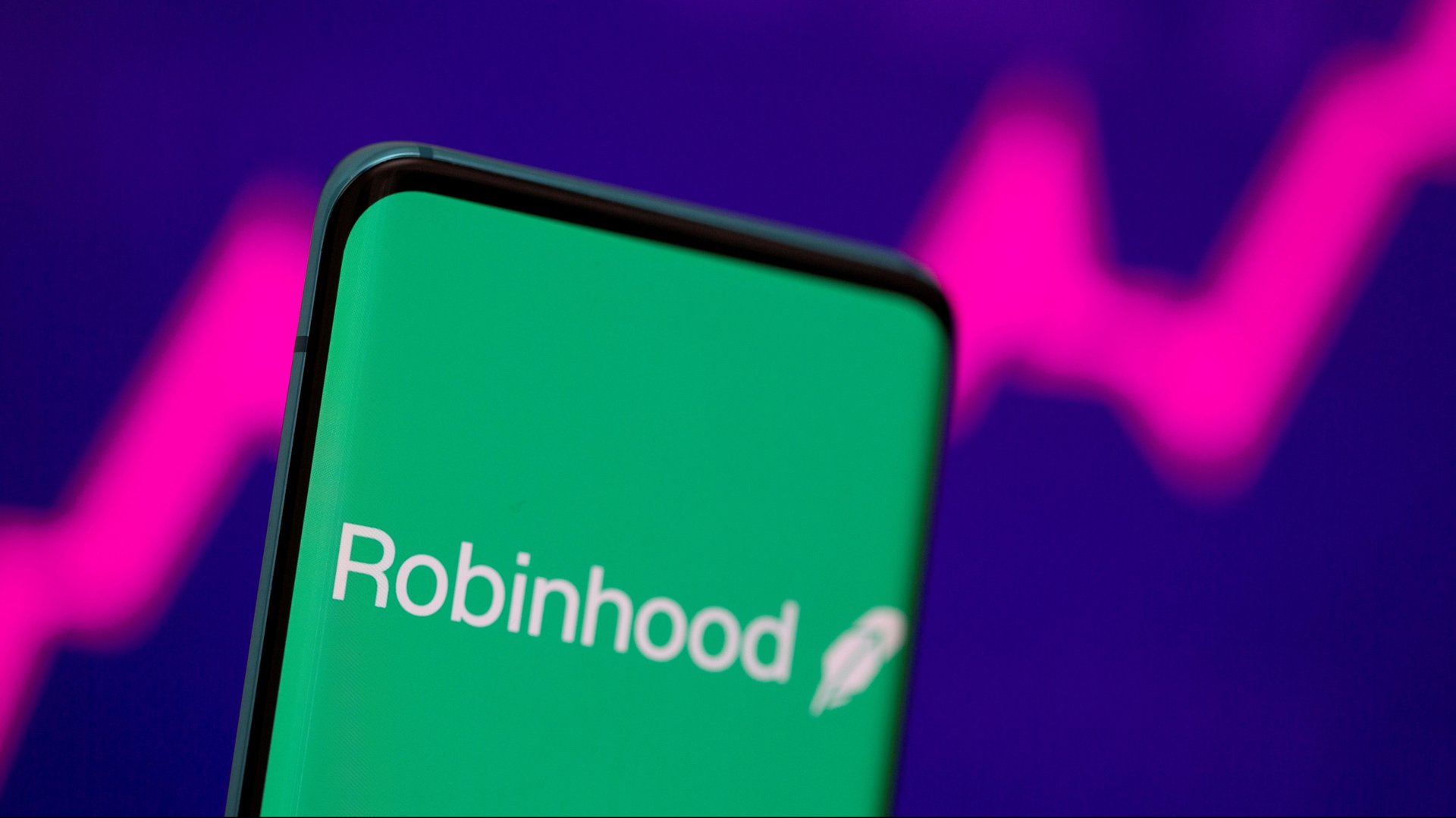Robinhood’s $35 billion IPO is a bet on Gen Z
Is Robinhood’s IPO a bargain? It depends on whether Gen Z sticks with the company in the coming years.


Is Robinhood’s IPO a bargain? It depends on whether Gen Z sticks with the company in the coming years.
The upstart brokerage enticed a new generation into trading with its slick app and promise of no commissions, making Robinhood a byword for retail trading in the process. The eight-year-old company’s valuation is reportedly expected to run as high as $35 billion when it starts trading on the Nasdaq exchange on July 29.
Is Robinhood’s stock price a good deal?
One way to figure out whether that valuation make sense is to compare it to Charles Schwab, which pioneered cut-rate brokerage services back in the 1970s. Robinhood’s expected market cap comes out to less than $2,000 per active customer, compared with nearly $4,000 per customer for Schwab, with its $127 billion stock valuation. So on the basis of active accounts, Robinhood’s presumed price tag doesn’t look so heady.
But when you look at the amount those customers hold at Robinhood and Schwab—around $5,000 per account and $237,000, respectively—Robinhood begins to look like it’s on another planet. Right now, the company, started by Stanford University pals Vladimir Tenev and Baiju Bhatt, depends heavily on transactions; the more their customers trade, the more Robinhood makes.
What about payment for order flow?
The reason Robinhood does better when customers trade more is that it sells those trading orders to market makers, in what’s known as payment for order flow (PFOF). That business model is being scrutinized by the Securities and Exchange Commission amid concerns that it creates a conflict of interest and that retail traders aren’t getting the best trading execution available.
Regulatory blowback is one of the biggest risks for the brokerage, but Robinhood has said it can adapt to a PFOF ban if it has to.
Jamie Selway, chairman of digital brokerage All of Us, doesn’t think it will come to that. Instead, it’s more likely that market makers and brokerages will be required to disclose more information about order flow payments, and that regulators will look at ways to make sure the market is competitive, such that companies like Citadel Securities are perhaps less dominant.
Schwab, by contrast, tends to make more money from net interest revenue and asset management than it does from customer trading. Those diversified revenue streams are less dependent on the ups and downs of the markets, or the way the political wind is blowing in Washington.
Robinhood is raising a new generation of traders
The key for Robinhood is whether it can hang onto, and add more of, those younger customers over the years as they become wealthier and obtain more assets. “[T]hey’ve introduced investing to 18 million souls, predominantly Gen Z and Millennials,” Selway said. “Millennials and Gen Z—they’re going to invest. They’re going to build wealth. They’re just not going to do it the way that Gen X or Boomers did it.”
According to Robinhood’s IPO filing, more than half of the company’s customers haven’t used a brokerage before. The company claims to be “the first financial services relationship” for younger generations and newer investors.
Though it is focused on trading, Robinhood ultimately has a chance to offer everything from lending to payment products to that cohort, assuming it doesn’t alienate them through technology outages and legal entanglements.
The hope for Robinhood is that it keeps the faith of those young customers, so that it is still around when they become older, wealthier customers.
University of Florida finance professor Jay Ritter points out that Schwab account holders were younger and had much less money than they do now when that brokerage got up and running decades ago. He says he was among those early customers to open an account. “I probably started it with $3,000 or something,” he said. “And now it’s substantially north of that.”